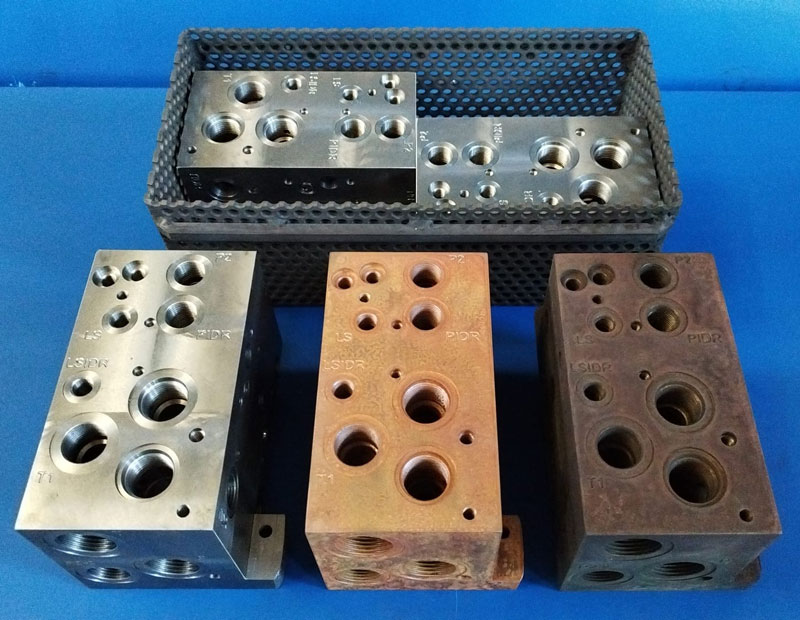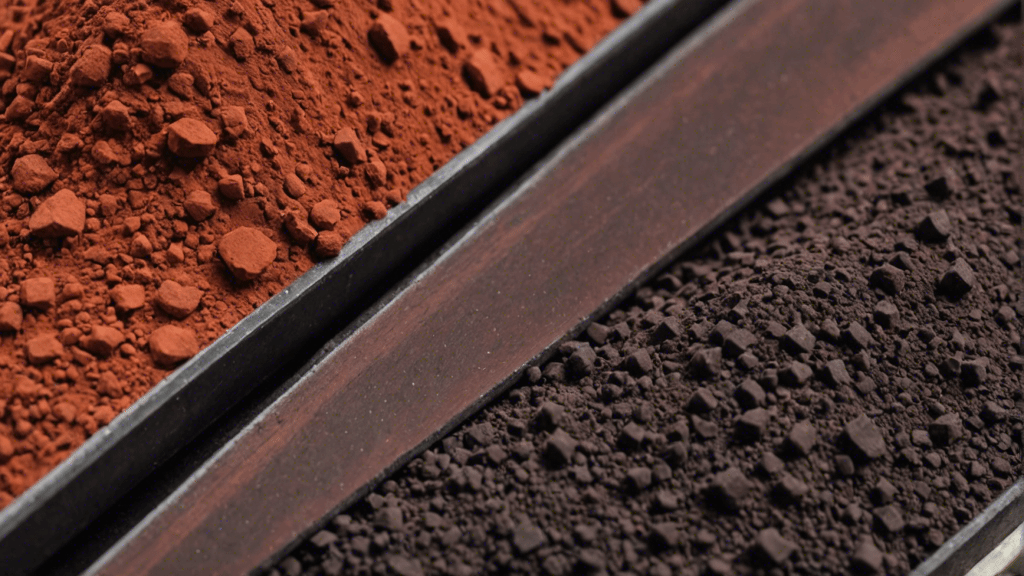Having discussed the advantages, disadvantages, and applications of thermal deburring in the previous post, in this article I would like to dive deeper into the thermal deburring process parameters that influence the outcome of thermal deburring and how they affect the final results.
Thermal deburring is a rapid and effective method for removing burrs from precision components by subjecting them to a controlled explosion of a combustible gas mixture. While the process may seem straightforward, the quality of deburring and the condition of the workpiece depend heavily on several key variables.
To optimize this process, it’s important to understand the core parameters that affect its effectiveness:
1. Methane-to-Oxygen Gas Mixture Ratio
This is the volume ratio of methane (CH₄) to oxygen (O₂) in the gas mixture. It directly affects the combustion characteristics inside the thermal deburring chamber. Getting this ratio right is essential for efficient and safe burr removal.
→ More Oxygen (Typically 3:1 or 4:1 – First shot for ferrous materials)
Effect:
- The combustion becomes hotter and more intense, as oxygen supports a faster and more complete burn.
- Higher flame temperature leads to more aggressive burr removal, especially for tough or large burrs.
- Results in the formation of red iron oxides.
→ Equal Oxygen and Methane (1:1 – Second shot for ferrous materials)
Effect:
- The flame is cooler and less intense due to insufficient oxygen for full combustion.
- Results in black iron oxides (magnetite or Fe₃O₄).
- Black oxide is easier to remove during later deoxidation processes.
- It is also mechanically more stable and provides better corrosion resistance compared to red oxide.
*In this post I will explain the difference between red iron oxide and black iron oxide.
2. Gas Mixture Pressure
This is the pressure at which the methane-oxygen mixture is injected into the combustion chamber.
Impact:
- Higher pressure intensifies the combustion wave, improving burr removal but increasing the risk of mechanical damage to fragile parts.
- Lower pressure is gentler but may leave some burrs unremoved.
3. Size of the Combustion Chamber
This refers to the volume of the chamber where the combustion takes place.
Impact:
- Larger chambers allow a greater gas volume and more energy release — suitable for bigger parts or batch processing.
- Smaller chambers limit energy output — ideal for delicate or small components to avoid excessive forces.
- Chamber size must be carefully balanced with gas mixture and pressure to achieve effective results.
4. Impulse (Energy Release) of the Chamber
The total energy generated during combustion which depends on the gas mixture and chamber volume. This energy is converted into heat, which acts as an oxidizer for the burrs.
Impact:
- High impulse energy ensures fast and thorough deburring but may damage sensitive components.
- Low impulse energy is safer but may require multiple deburring cycles for complete burr removal.
5. Size of the Burr
While not a direct process parameter, the size and shape of the burr play a major role in determining the appropriate process settings.
- Small burrs can be removed easily with moderate energy.
- Large or complex burrs may require higher energy or more cycles to be completely eliminated.
This post completes the thermal deburring topic introduced earlier. Understanding these parameters is essential for engineers and technicians seeking consistent quality, minimal part damage, and optimal cycle times in the deburring process.
If you have any questions or would like to discuss this further, feel free to email me or connect with me on LinkedIn.



